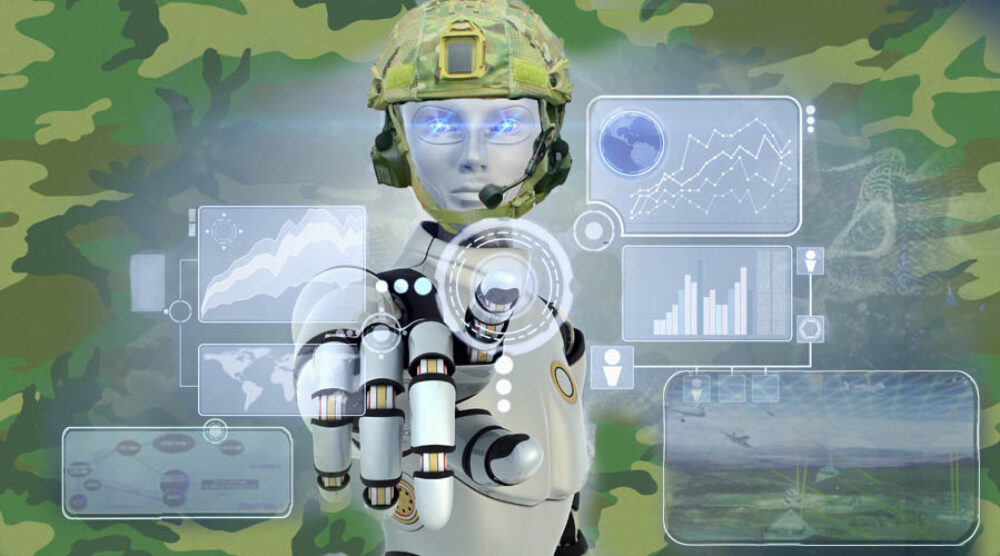Robotic technologies seem set to disrupt warfare in at least two big ways: firstly, in improving productivity making armies equipment-centric; and secondly, in making defence dominant on the battlefield. In this revolution, the character of war will change and somewhat unexpectedly, possibly its nature.
We seem on the cusp of a robotic revolution. Automated systems appear about to quickly proliferate across the battlespace in many different forms and performing multiple dissimilar functions. There is no single technology driving this transformation, more a mix of narrow artificial intelligence (AI), autonomous systems, low cost sensors, big data, cloud computing and many more. This automation of the battlefield will change the character of war bringing new opportunities while simultaneously constraining what is possible. Most startlingly, the new technologies may potentially change the nature of war. There seem two big trends worth examining.
Firstly, as always, automation will sharply improve productivity. A small number of personnel will be able to control and direct numerous robotic devices, ranging from large area sensor fields, to unmanned reconnaissance aircraft, to semi-autonomous land vehicles for logistic support tasks and squad equipment transport. The revolution might indeed be epitomized in the image of small electric vehicles following individual soldiers around the battlefield carrying their packs, extra ammunition and (crucially!) spare batteries.
The technology now available and emerging indicates that the armies of developed nations will be able to shift – if they choose – from being mechanized to being robotic within about a decade.
Please click here to read the full “Our new model robot armies” article at Small Wars Journal, written by Griffith Asia Institute Visiting Fellow, Dr Peter Layton.








